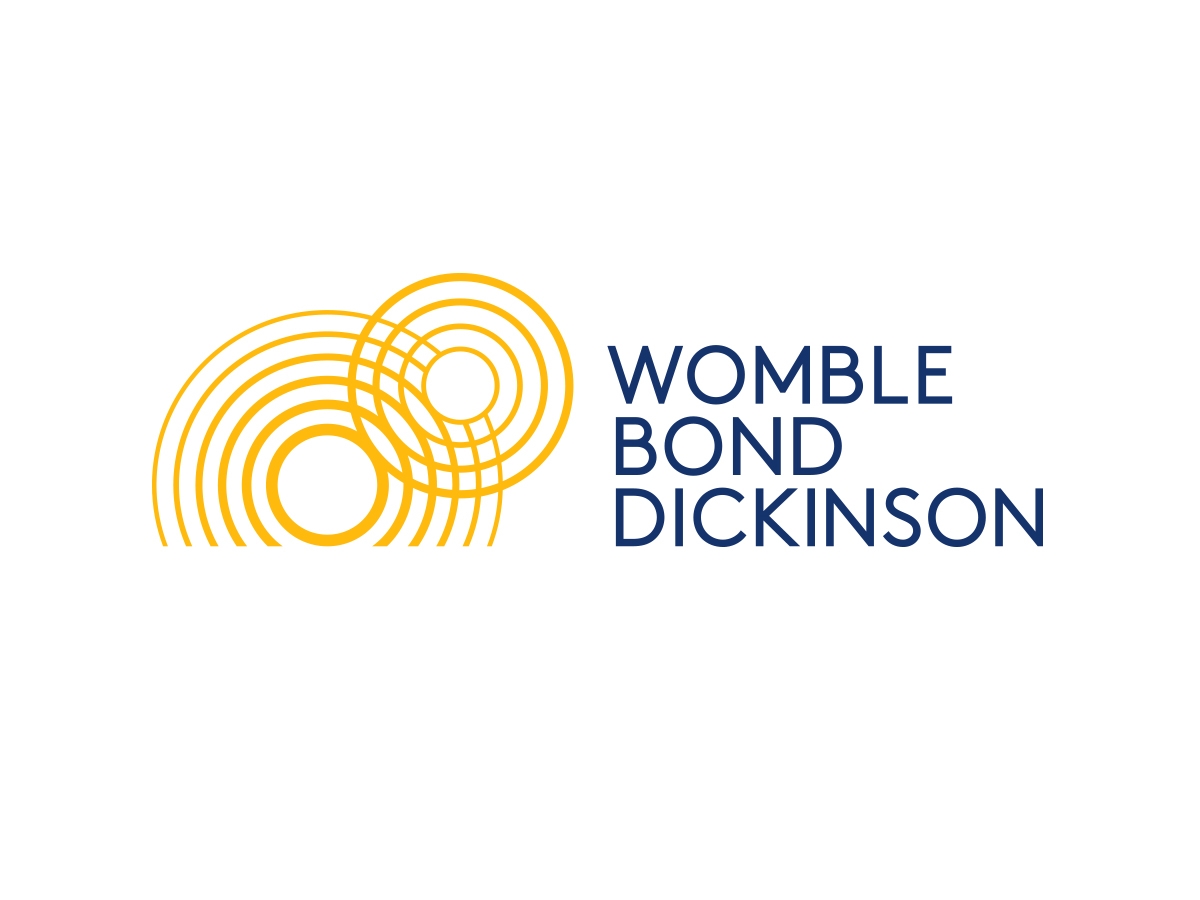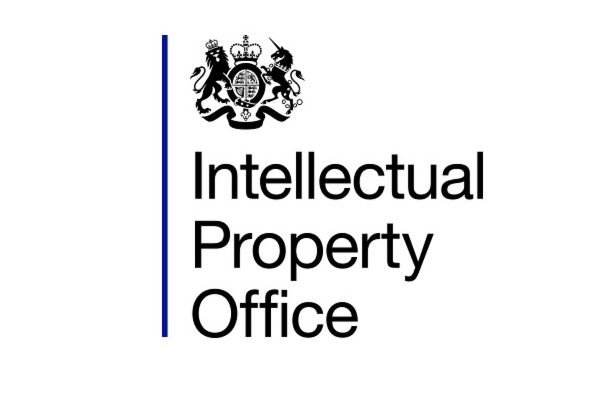Federal Circuit Hands Zillow a Win, Ruling IBM Map Display Patents Cover Abstract Ideas
“Using a computer to ‘concurrently update’ the map and the list may speed up the process, but ‘mere automation of manual processes using generic computers does not constitute a patentable improvement in computer technology.’” – Federal Circuit
The U.S. Court of Appeals for the Federal Circuit (CAFC) today issued a precedential decision finding that two IBM patents directed to technology that allows users to select and view results on a map were directed to ineligible subject matter under 35 U.S.C. § 101. IBM had sued Zillow, alleging that several of the services offered on Zillow’s website and mobile applications infringed the claims. But the district court granted Zillow’s motion for judgment on the pleadings, finding the claims were directed to abstract ideas and lacked any inventive concept.
The opinion was authored by Judge Hughes. Judge Stoll dissented in part, explaining that claims 9 and 13 of IBM’s U.S. Patent No. 7,187,389 were plausibly patent eligible and should not have been found ineligible at the pleadings stage.
U.S. Patent No. 9,158,789 covers a method for “coordinated geospatial, list-based and filter-based selection.” The ‘389 patent is directed to “methods of displaying layered data on a spatially oriented display (like a map), based on nonspatial display attributes (like visual characteristics—color hues, line patterns, shapes, etc.),” according to the CAFC opinion. The layering feature of the ’389 patent is illustrated in the image below.
‘789 Patent
In its analysis of the district court’s decision, the CAFC majority agreed at Alice step one that the ‘789 patent is “directed to the abstract idea of responding to a user’s selection of a portion of a displayed map by simultaneously updating the map and a co-displayed list of items on the map.” Since this can be done in the physical realm by hand using a paper map, the district court concluded that the claims merely contemplate the automation of an existing practice using a computer. Specifically, the district court reasoned that the task “could be performed by hand, using a printed map and related list of items on the map, a transparent overlay, a wet-erase marker, a blank sheet of opaque paper, and a knife or scissors.”
The CAFC further explained that “[t]he claims are directed to limiting and coordinating the display of information based on a user selection.” While IBM argued that the claims make “specific asserted improvement[s] in computer capabilities,” specifically, “an improved [graphical user interface] for displaying, filtering, and interacting with geospatial data on a map and list display” and that the patent “improves ‘the ability of users to identify and analyze relevant data in otherwise large data sets,’” the CAFC said this does not satisfy step one:
“Identifying, analyzing, and presenting certain data to a user is not an improvement specific to computing….. We have repeatedly held claims ‘directed to collection of information, comprehending the meaning of that collected information, and indication of the results, all on a generic computer network operating in its normal, expected manner’ to be abstract. In re Killian, 45 F.4th 1373, 1380 (Fed. Cir. 2022); see also Intell. Ventures I LLC v. Cap. One Fin. Corp., 850 F.3d 1332, 1340 (Fed. Cir. 2017) (describing cases). The claims here recite similarly abstract steps: presenting a map, having a user select a portion of that map, and then synchronizing the map and its corresponding list to display a more limited data set to the user. Using a computer to ‘concurrently update’ the map and the list may speed up the process, but “mere automation of manual processes using generic computers does not constitute a patentable improvement in computer technology.”
The CAFC further agreed that the patent is “result-oriented,” and written in “result-based functional language” that “does not sufficiently describe how to achieve these results in a non-abstract way” under Two-Way Media Ltd. v. Comcast Cable Commc’ns, LLC, 874 F.3d 1329, 1337 (Fed. Cir. 2017).
At Alice step two, the majority dismissed IBM’s argument that under Aatrix Software Inc., v. Green Shades Software, Inc. “if there are allegations that the features of a patent are inventive, the District Court must accept that on a Rule 12 motion and cannot weigh the evidence or make credibility determinations.” The CAFC explained that “only ‘plausible and specific factual allegations that aspects of the claims are inventive are sufficient,’” and that the court’s own precedent in Cellspin Soft, Inc. v. Fitbit, Inc. reiterates that “we do not read Aatrix to say that any allegation about inventiveness, wholly divorced from the claims or the specification, defeats a motion to dismiss.” IBM’s arguments for the claims’ inventiveness failed because the relevant limitations “use functional language, at a high level of generality and divorced from any computer technology, to recite the claimed functions. The limitations simply describe the abstract method without providing more.”
‘389 Patent
As to the ‘389 patent, the CAFC again agreed with the district court that the patent “is directed to the abstract ideas of categorizing and displaying information, as well as altering the manner of display upon user demand.” IBM said the district court was oversimplifying the patent by “drawing inaccurate analogies to manual methods,” but the CAFC, citing Interval Licensing LLC v. AOL, Inc. said that “the collection, organization, and display of two sets of information on a generic display device is abstract absent a ‘specific improvement to the way computers [or other technologies] operate.’” Since all the ‘389 patent claims do is organize visual results into layers and then present the layers on a screen, even if the claims speed up the process by using a computer, “they do not recite an improvement in any computing technology,” said the CAFC. IBM also attempted to liken its invention to the one at issue in Core Wireless Licensing S.A.R.L. v. LG Electronics, Inc., which was held patentable, but the CAFC said IBM’s representative claim 1 of the ‘389 patent “is much broader than the asserted claims in Core Wireless” and, unlike the Core Wireless claims, was not “limited to computer screens or any device at all.” Ultimately, said the majority, the method recited “has long been done by cartographers creating paper maps” and the solution of layering “could be accomplished using colored pencils and translucent paper, as the district court noted.”
At Alice step two, the CAFC Again found no inventive concept, rejecting IBM’s argument that “in the computer context, ‘dynamically altering visual characteristics to improve salience and reduce the effect of a cluttered screen’ is inventive.” The court explained:
“[T]hat dynamic relayering or rematching could also be performed by hand, though more slowly—one would have to shuffle paper layers or erase and redraw objects on new layers, but it could be done. Any of the patent’s improved efficiency comes not from an improvement in the computer but from applying the claimed abstract idea to a computer display.”
Judge Stoll agreed with the majority’s finding that the ’789 patent claims and several of the ’389 patent claims were ineligible under 35 U.S.C. § 101 and judgment on the pleadings was proper but dissented as to claims 9 and 13 of the ‘389 patent, which are directed to the same subject matter – a “layered data display tool.” Stoll said that there were plausible factual allegations made in IBM’s second amended complaint as to the eligibility of these claims and that the district court committed legal error in holding them patent ineligible and the majority held the claims “at too high a level of abstraction.”






